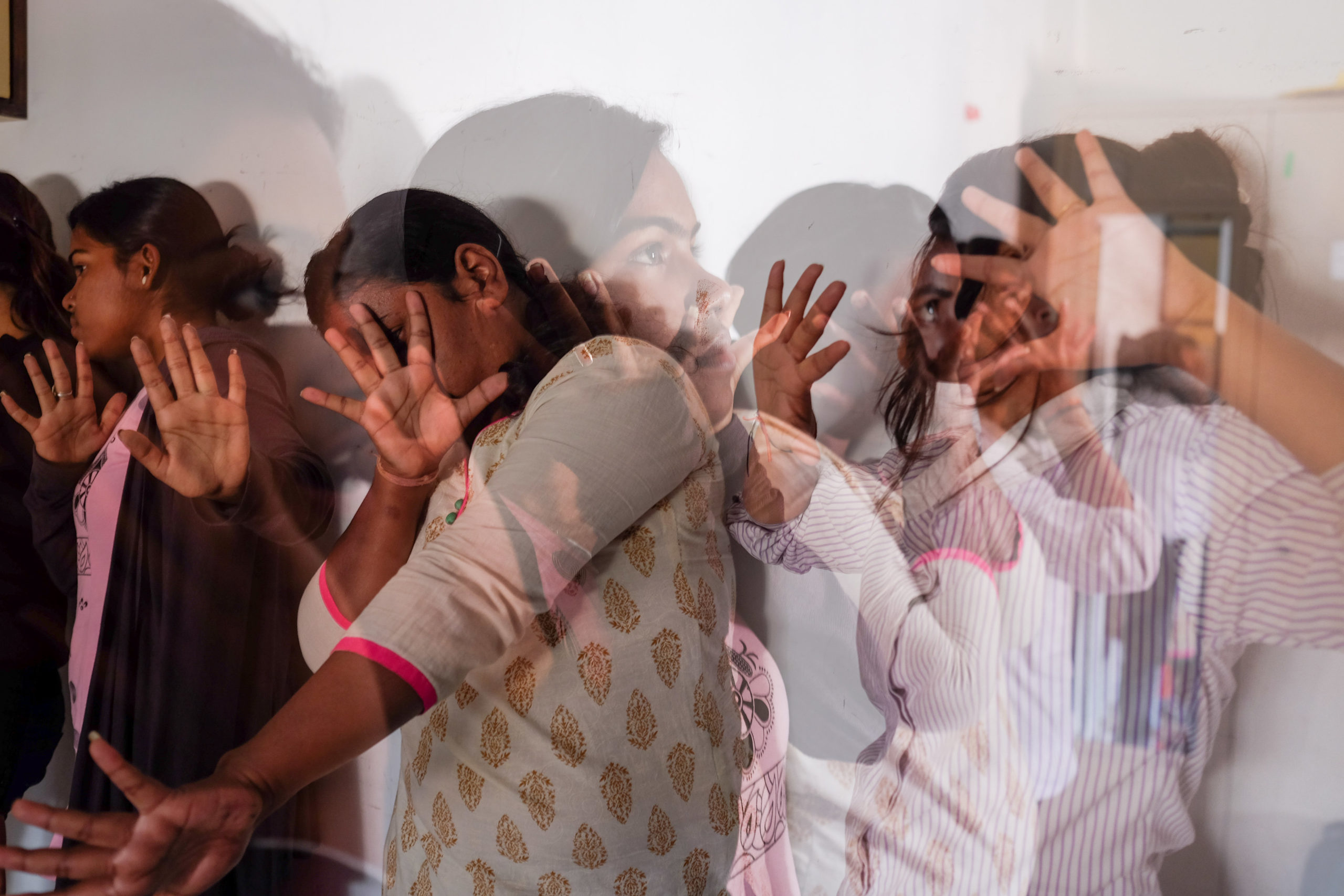The Physical and Psychological Consequences of Human Trafficking
by Her Future Research Fellow Richa Gupta
India is a beautiful country, boasting incredible diversity, natural landscapes, monuments, and colors. But with all this beauty and goodness comes the inevitable bad—and one such issue is the scourge of human trafficking. The United Nations has defined human trafficking as the “recruitment, transportation, transfer, harboring, or receipt of persons by improper means for an improper purpose including forced labor or sexual exploitation”. This serious violation of human rights is typically carried out through threat or coercion, such as abduction, abuse of power, fraud, or deception. But regardless of the act, the means, and the purpose of human trafficking, there is one overarching similarity among these cases: its effects on the victims are pernicious, long-lasting, and even deadly.
Human trafficking affects men, women, and children in India. Women are often trafficked for the purposes of sexual exploitation and prostitution (especially to areas with a skewed gender ratio), and men and boys are trafficked to carry out forced labor (which can involve roles such as servants, beggars, and manual scavengers). Trafficking in India happens both internally and trans-nationally; for instance, youngsters from rural areas may be enticed by a trafficker to join them in the city, with the “guarantee” of better jobs and more wealth. However, what follows later is unlike anything they were promised: some may be forced to work in brothels, or into bonded labor (without pay), or into other positions of degradation and exploitation. Indeed, human trafficking robs children and adults alike of the autonomy and life they once led—throwing them into situations of humiliation, torment, and horror.
Given the dreadful conditions victims of trafficking are subjected to, it is no surprise that they suffer from a multitude of negative consequences, even after they’ve been rescued and returned home (if they’re fortunate enough). Women who are coerced into prostitution can suffer from a range of physical issues, such as sexually-transmitted infections (HIV/AIDS, HPV), menstrual irregularities, and other injuries to the genitalia (due to the prevalence of physical violence in brothels and other institutions). But many of the physical impacts come even earlier: during transportation, victims are commonly held in extremely close and unsanitary quarters, which can lead to the outbreak and spread of diseases. Unplanned pregnancies are also common (due to the prevalence of unprotected sex), and the result of one is never in the woman’s favor: even if victims are given the option to abort, they will most likely be denied access to safe and trusted healthcare. Abortions on their own can result in lasting, psychological trauma for the woman, particularly if they are ordered by the trafficker—since it’s yet another way they’ve lost control over their body. Other tactics traffickers use to subdue victims include starvation, beatings, and other forms of physical and sexual trauma—which can lead to a host of physical injuries, such as brain trauma, burns, bruises, and broken bones.
Moreover, the impact of trafficking is extremely psychological. Some of the mental health consequences include the development of PTSD (post-traumatic stress disorder), anxiety disorders (such as social anxiety), depression, Stockholm Syndrome (a condition that causes hostages to develop a psychological bond, or “feelings”, for their captor), and substance abuse. Such psychological effects can emerge from a wide variety of factors—the initial separation and displacement from their former lives, the physical and sexual abuse they may face at the hands of their traffickers, economic exploitation, and social isolation. Prolonged and debilitating feelings of guilt, shame, hopelessness, and terror are some of the emotional repercussions that may wrestle with—all of which increase stress levels and further exacerbate their mental health.
However, the suffering that trafficking victims face doesn’t end after their period of captivity (it that period does indeed end). A poignant article published by The Hindu, which focuses on the lives of female trafficking victims in West Bengal after rescue (West Bengal registered the highest number of human trafficking cases in 2016!), sheds light on this issue. For one woman, a victim of sex trafficking, her return home led to a “social boycott” of her and her family—to the extent that even leaving her house became a dangerous and stressful venture. Indeed, social stigma—and the self-stigma that results from internalizing these negative stereotypes—is a huge issue, and ostracizes and re-victimizes women who have already been through immense trauma.
Human trafficking is a violation in every sense of the word: it abuses victims physically, psychologically, emotionally, spiritually, and at times sexually. This is why it is so important to help survivors rebuild their lives and offer them the support they need—whether that’s medical, educational, or emotional. This article by no means covers all the ways trafficking can impact an individual’s life, but hopefully illustrates the necessity of what we at Her Future Coalition do. Men, women, and children are being trafficked and abused as we read this article—so the time to take action is now.
